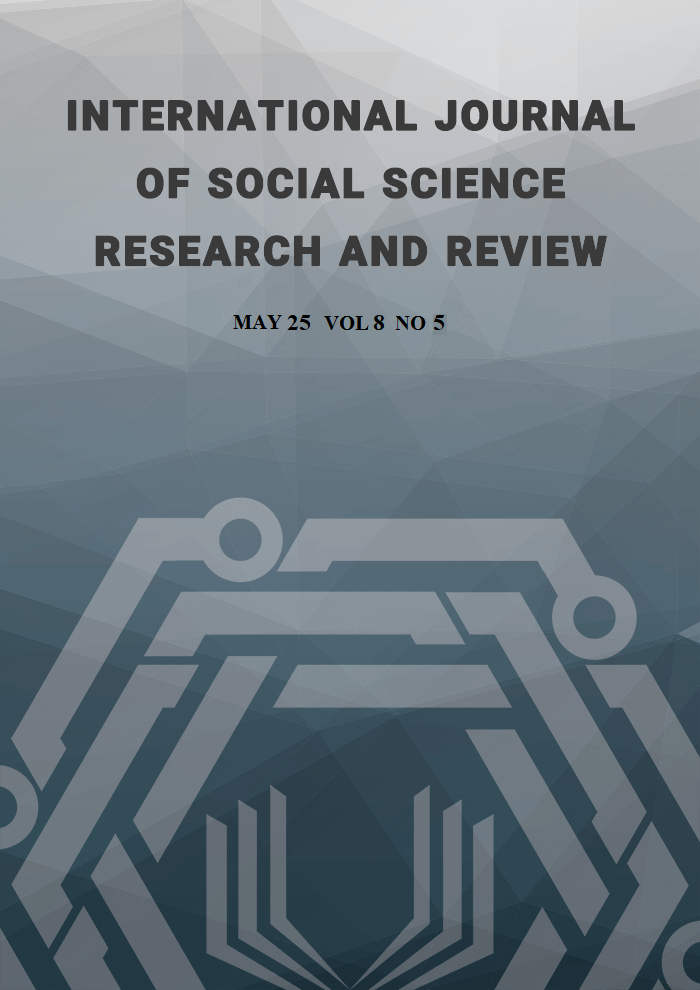Economic Dilemma of Fuel Subsidy Removal in Nigeria
A Focus on the Headline Inflation
Abstract
In this study, we provide valuable insights into how the removal of fuel subsidy contributed to headline inflation in Nigeria from 2023 to February 2025. This is based on the premise that high prices of premium motor spirit (PMS), associated with the subsidy removal, tend to increase the costs of transportation, food, and production. Thus, we employ exploratory analysis, a least squares estimation, and Granger causality tests to quantify the contributions of PMS, household kerosene, and automotive gas oil (AGO) prices to headline inflation using time series data from the National Bureau of Statistics (NBS). The exploratory analysis indicated that high PMS prices are positively and significantly correlated with headline inflationary pressures. The findings from the regression estimates revealed that prices of PMS, household kerosene, and automotive gas oil have positive and significant effects on headline inflation in both the short and long run. However, the magnitude of these impacts varies, with the price of PMS exerting a more pronounced positive effect on headline inflation during the study period. This underscores that changes in PMS prices exacerbate the inflation conundrum, complicating the Central Bank of Nigeria's (CBN) efforts to achieve price stability. Therefore, the government should prioritise fiscal discipline in managing the savings from subsidy removal, ensuring these funds are invested in revamping refineries to increase supply and reduce prices in the long run.
Copyright (c) 2025 Johnbosco Chukwuma Ozigbu, Christopher Ifeanyi Ezekwe

This work is licensed under a Creative Commons Attribution-NonCommercial-NoDerivatives 4.0 International License.
Copyright for this article is retained by the author(s), with first publication rights granted to the journal. This is an open-access article distributed under the terms and conditions of the Creative Commons Attribution license (https://creativecommons.org/licenses/by-nc-nd/4.0/).





